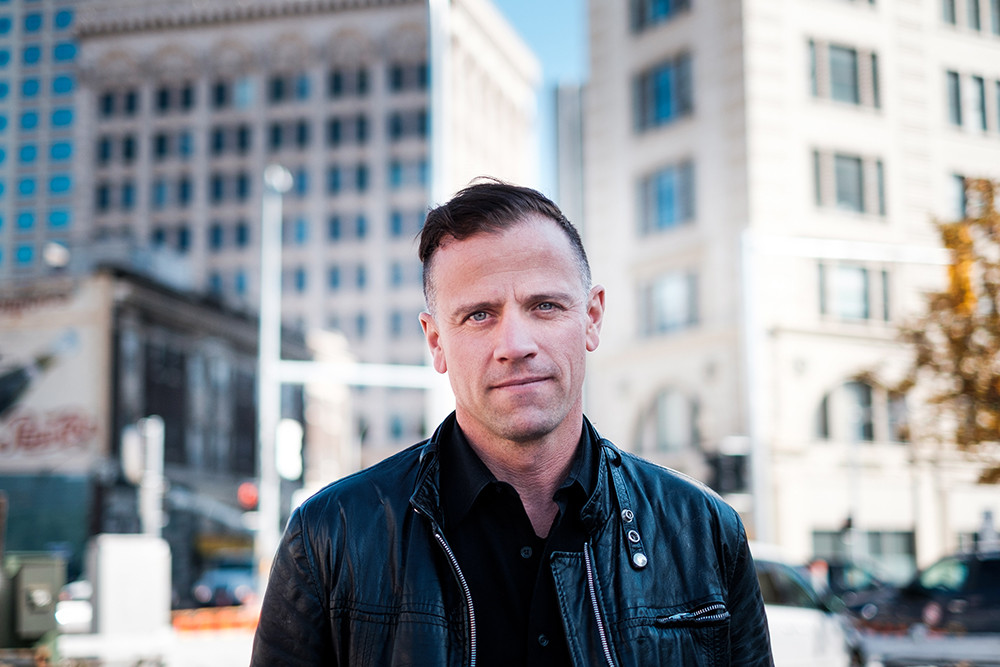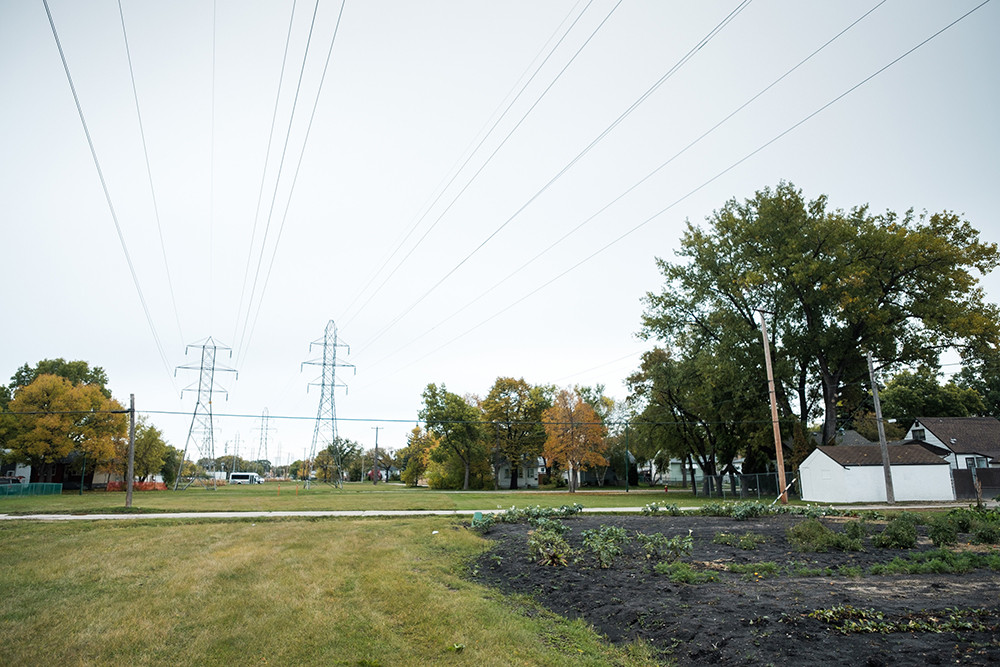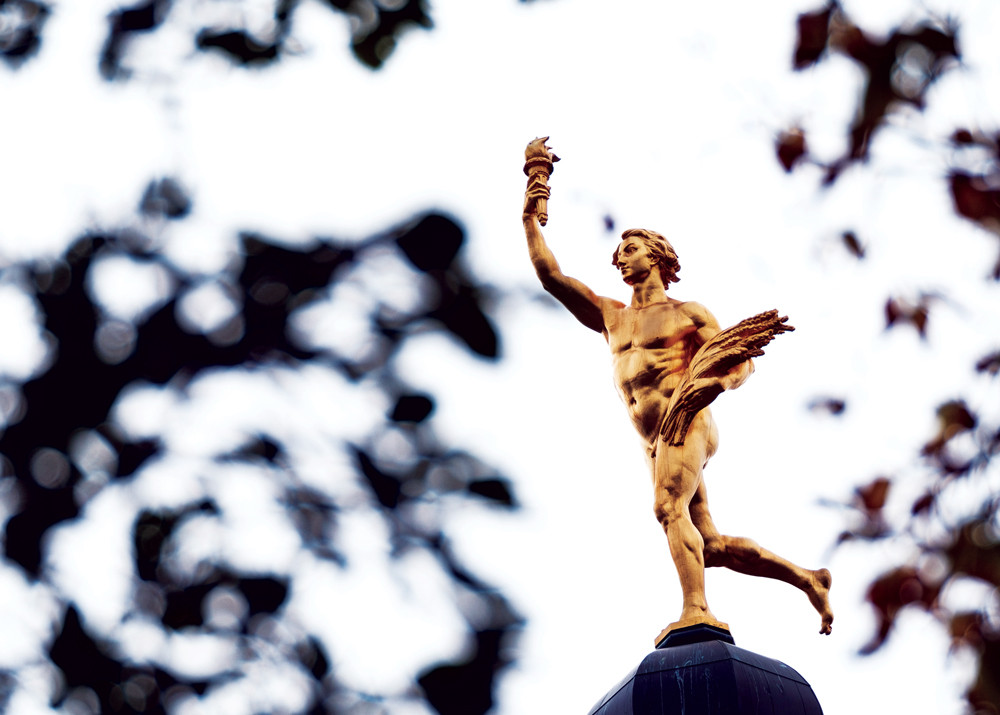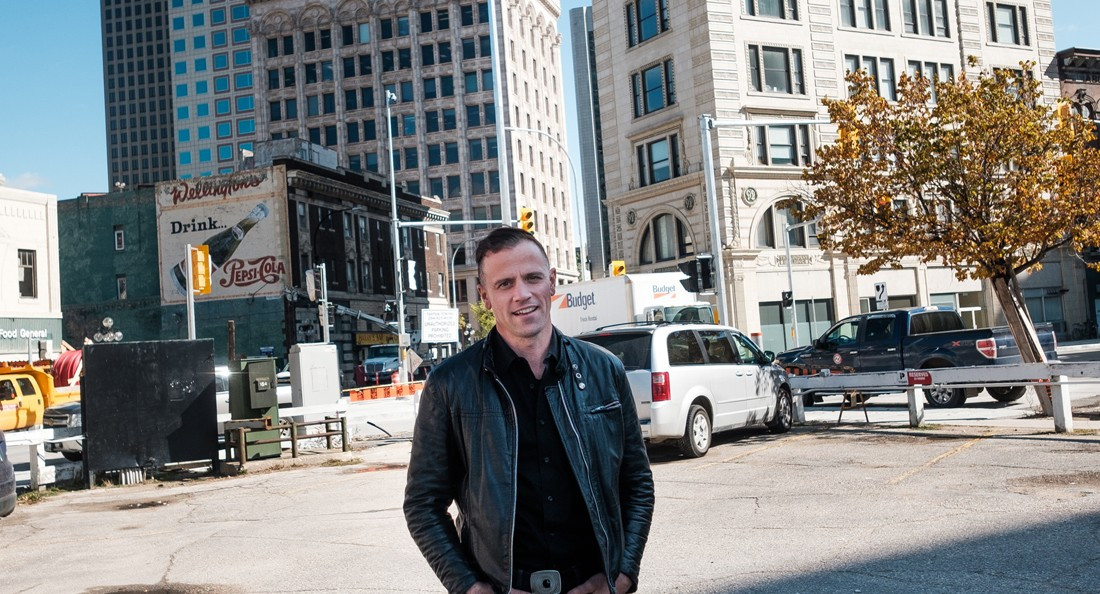Mythologizing Winnipeg
How artists, form our lore, legends and identity
Which of the following statements about Winnipeg are true?
Winnipeg is the coldest city on Earth.
We also have the highest number of funeral homes per capita and the highest concentration of sleepwalkers.
Our Legislative Building is a temple to the Greek god Hermes, whose gilded likeness stands atop its dome, where MLAs held séances to contact the dead alongside Arthur Conan Doyle.
Canada’s most important labour strike began in a secret gay bathhouse hidden beneath a Winnipeg barbershop.
Homer Simpson and Winnie the Pooh are from here.
Whether these statements are true is perhaps less important than the degree to which they are true. Winnipeg, like any city, is known by its inhabitants through a web of local lore and legends. But it’s a city that spends an unusual amount of time mythologizing itself. Whether it’s John K Samson soliloquizing about Cruise Night or Guy Maddin weaving tales around If Day, it’s clear that Winnipeg artists make a lot of art about Winnipeg.
It’s a practice that Andrew Kear, chief curator of the Winnipeg Art Gallery, regards with skepticism.
“Artists contribute to building stories and, I guess, myths about the places they live,” Kear says. “But I think these stories and myths are the strongest, more interesting, and have longevity when they emerge without too much self-consciousness.
“I think finding a Winnipeg ‘essence’ in all of it is a fool’s errand.”
Bloody Saturday
Filmmaker and artist Noam Gonick says that Winnipeg’s “essence” is, at least, up for grabs.
“New York’s is more solidified, because so many people have been working on it,” Gonick says. “Winnipeg’s is more open to interpretation, because there’s less consensus on what the Winnipeg ‘thing’ is. Those artists who have made their mark have been so unusual that it opens the field up to others in novel ways.”
Gonick’s 1997 short film 1919 is set in a steam sauna beneath a barbershop during the outbreak of the Winnipeg General Strike. Riots spill over into the shop and interrupt the hidden gay trysts in the basement. While the events of the film are fictional, the historical backdrop and the barbershop are real.
“The 1919 General Strike was always revered in my upbringing,” Gonick says (his father is labour activist and former MLA Cy Gonick).
_1000_667_90.jpg)
The legendary 1919 Winnipeg General Strike was further enhanced by Noam Gonick's short film 1919.
“I’d be in this 100-year-old-building thinking, ‘What were the ramifications here, two blocks away from the Bloody Saturday on June 21, 1919? It’s Chinese-run, you can get your shirts tailored and hair cut, you can buy dim sum and fireworks, but there might be some sketchy sexual things going on in the basement. What would’ve happened had the strike shifted into this place?”
Gonick’s films have been screened at the National Gallery and MoMA. But 1919’s impact on local legend goes beyond its status as a key piece of Winnipeg queer cinema.
In 1999, “a crystal meth-addled flight attendant in the sauna got angry and burnt the place down,” Gonick says. “The Winnipeg Free Press reported that it had been the birthplace of the General Strike, which was just a weird meme from my film. They never printed a retraction.”
Now, Gonick is working on a public monument at Main Street and Market Avenue commemorating the 100th anniversary of the General Strike. The sculpture, a replica of the iconic tipping streetcar semi-submerged in pavement, is a collaboration between Gonick and the late Bernie Miller.
Gonick says there are major differences between making a film about the strike and creating a piece of public art.
“It’s making something for a mass audience, even more so than cinema,” Gonick says. The sculpture “will be there, presumably, for the next 100 years situated next to the busiest block in Winnipeg, traffic-wise.
“I’m excited to be doing something that’s not in the rarified museum context, or the experimental or queer cinema context, but doing something that helps anybody stumbling by to learn their local history.”
Mixing pop and politics
That emphasis on the political remains a frequent element in Winnipeg art and music. Singer-songwriter and community organizer Greg MacPherson sees the political realities of life in Winnipeg as essential to the city’s character.
Greg MacPherson points out how much we learn about city spaces (like those in Toronto) through the media.
“What Winnipeg has that other cities don’t have is a long history of conflict, segregation and division,” MacPherson says. “The way our city was initially laid out, with French on one side, English on the other, Indigenous people pushed aside. The Metis Rebellion. Class conflict, the General Strike. We’ve had a lot of conflict in our founding DNA.
“The economic growth of our city was strange. We had that ‘Chicago of the North’ period, which suddenly stifled. It grew slowly. Even to present day, it’s a simmering kind of growth.”
MacPherson sees those social factors as reflections of the land our city is built on.
“It’s all built into the environment,” he says. “The long winter, the slow change into summer, the quick change to winter again. It’s the same as our two rivers, these massive watersheds, slow-moving forces colliding at The Forks. It’s very dramatic, but slow.”
Uncomfortable truths
Those darker social factors, so often the focus of activism, make their way into art as well. Katherena Vermette’s 2016 debut novel The Break focuses on multiple generations of Indigenous women living through racism, misogyny and violence in Winnipeg. The book’s settings, such as the intersection of Selkirk Avenue and McPhillips Street or “the break” (the strip of undeveloped land west of McPhillips) become cosmic nexus points for her characters.
The area near McPhillips Street between Selkirk and Leila known as "the break."
Vermette, whose poetry anthology North End Love Songs and documentary This River also reference Winnipeg topics, says her work wasn’t intended to mythologize the city.
“I don’t think there’s any need to mythologize,” she says. “I love this place. I also hate it. (Winnipeg) is an exercise in cognitive dissonance. I think this has always been a place of incredible contradictions – full of strong diversity and riddled with racism, heartbreaking poverty and immense wealth, hot hot summers and the worst winters.
“We’re right in the middle and full of extremes. We don’t need to make up anything, and still there are many unbelievable stories to tell.”
It’s a level of civic self-critique that many Winnipeggers engage in, but don’t tolerate from outsiders. When Maclean’s pointed out Winnipeg’s glaring racism problem, there was much local pushback.
The debate about opening Portage and Main to pedestrians “is the perfect example of that,” Macpherson says of the beloved but neglected intersection. “Polls say the majority of Winnipeggers don’t want to change it, but I’m absolutely convinced that if it changed, those same people would celebrate it. If anyone criticized it after it was changed, they’d be the first to say, ‘Get the hell out of here.’”
This illustrates a touchiness with how Winnipeg is portrayed in art and media: we don’t want people from elsewhere to get a bad image of us.
We believe “nobody in the world really knows what Winnipeg is, so you can mythologize it however you want,” Gonick says. “But the truth is, there is a documented history of Winnipeg and people around the world do know what that is.”
As seen on TV
Unlike Gonick and Vermette, MacPherson isn’t originally from Winnipeg. Born in Nova Scotia, he moved here as a teen, which gives him a different perspective on the city.
“When I first came here, I hated it,” MacPherson says. “The year I got here, a massive storm shut the city down. I’d never experienced something like that, the sheer power of the Winnipeg winter and the deep freeze.
“I collected comic books religiously, so I’d go downtown all the time. I got chased around by kids and attacked on the street. It was a different era back then, with more violence and criminal activity … I felt like Winnipeg was a very powerful and dangerous sort of place in some ways.”
Through his involvement in community development, MacPherson says he’s seen a reduction in things like violent crime.
“The whole Katz era, development at the expense of everything, low taxes … that’s hopefully finally shifting to something more sustainable and people-friendly.”
True to the spirit of we can criticize us, but you can’t, Winnipeg’s self-image is much darker than how others see us. Wayne Koestenbaum is a poet, cultural critic and distinguished professor of English at City University of New York’s graduate school. Koestenbaum, who wrote the introductory essay for the Criterion Collection edition of Guy Maddin’s My Winnipeg, is effusive in his adoration of Winnipeg.
“I find Winnipeg utterly fascinating and alluring,” he says.
“I could imagine myself renting an apartment for a month in Winnipeg and writing a novel called Lost in Winnipeg. I lived in Baltimore for a year. Winnipeg reminds me of Baltimore. A second city that has more advantages than a first city.”
Perhaps this points to why Winnipeggers are so protective of the image we paint of ourselves, or why the artists who paint that picture do it so self-consciously: we’re painfully aware of the gaze of others.
“The first time I went to Toronto as (an) adult, I walked around thinking, ‘I know all these street names,’” MacPherson says. “’How is that possible? I know this building, these sights. I’m completely at home at a city I’ve never lived in.’ That’s because the CBC, the CTV, all the corporations in our country are based there. So the lens (Canadians) see ourselves through is a Toronto lens.
“At the time, that wasn’t happening in Winnipeg at all … I remember feeling it was an important thing to do. ‘I’m going to write a song about the time I was stuck on a bus in West St. James and Orest’s barbershop blew up.’”
Making the myth
For Koestenbaum, what those artistic elements inform is image of, and love for, Winnipeg.
“Just yesterday … I told a person who declared that he was from ‘Western Canada’ that I loved Winnipeg,” he says. “I ever exaggerated, I said, ‘I’ve spent a lot of time there,’ and then I corrected myself, ‘Actually I’ve only been there once, but I love Winnipeg so much, it feels like I’ve spent a lot of time there, absorbing its secretly bohemian atmosphere.’”
The phrase “secretly bohemian” points to a theme that arises in all these conversations about Winnipeg’s mythologized identity: its duality. Outwardly square, secretly unconventional. Vermette’s expression of Winnipeg as “an exercise in cognitive dissonance” equally fits this mold, as does MacPherson’s illustration of “two slow-moving forces colliding.”
Gonick, too, arrives at a sort of secret duality in Winnipeg’s rebellious spirit, pointing back to Riel’s rebellion.
“That’s where I’d centre my Winnipeg mythology,” he says. “It’s almost an anarchic Métis upstart town that’s pushing back against colonial waves.
Maybe that duality is why that, for a city so romanticized by its artists, the mythologized Winnipeg remains more elusive than, say, New York or Paris. Duality both defines us and makes us undefinable. How can we say Winnipeg is anything when we’re always simultaneously the opposite?
It’s what makes examining the “mythologized Winnipeg,” ultimately, a fool’s errand.
_1000_667_90.jpg)
This sculpture at the intersection of Market Avenue and Lily Street is near the site of some of the most violent clashes between strikers and police during the 1919 General Strike.

The Golden Boy perched atop the Manitoba Legislature
Published in Volume 73, Number 4 of The Uniter (September 27, 2018)







